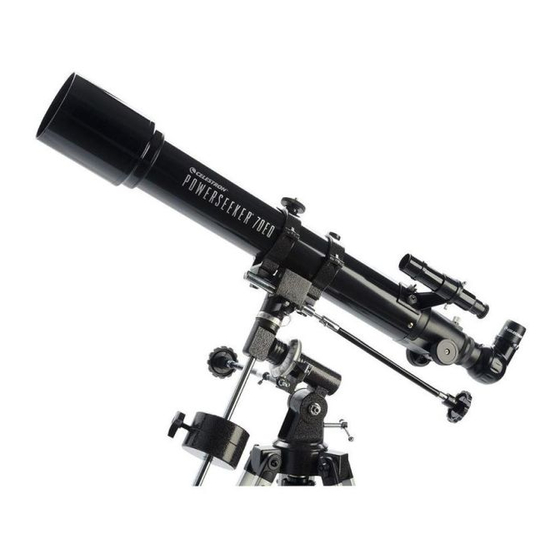Table of Contents
Advertisement
P
o
w
e
r
S
e
P
o
w
e
r
S
e
●
P
o
w
e
●
P
o
w
e
●
P
o
w
e
r
S
●
P
o
w
e
r
S
e
k
e
r
®
S
e
r
®
e
k
e
r
S
e
r
I
N
S
T
R
U
C
T
I
O
I
N
S
T
R
U
C
T
I
O
r
S
e
e
k
e
r
6
0
E
Q
#
2
1
0
4
3
r
S
e
e
k
e
r
6
0
E
Q
#
2
1
0
4
3
e
e
k
e
r
8
0
E
Q
#
2
1
0
4
8
e
e
k
e
r
8
0
E
Q
#
2
1
0
4
8
●
P
o
w
e
r
S
e
e
k
e
r
●
P
o
w
e
r
S
e
e
k
e
r
i
e
s
T
e
l
e
s
i
e
s
T
e
l
e
s
N
M
A
N
U
A
L
N
M
A
N
U
A
L
●
P
o
w
e
r
S
e
e
k
e
r
7
0
E
Q
●
P
o
w
e
r
S
e
e
k
e
r
7
0
E
Q
●
P
o
w
e
r
S
e
e
k
e
r
1
1
4
E
Q
●
P
o
w
e
r
S
e
e
k
e
r
1
1
4
E
Q
1
2
7
E
Q
#
2
1
0
4
9
1
2
7
E
Q
#
2
1
0
4
9
c
o
p
e
s
c
o
p
e
s
#
2
1
0
3
7
#
2
1
0
3
7
#
2
1
0
4
5
#
2
1
0
4
5
Advertisement
Table of Contents
















Need help?
Do you have a question about the PowerSeeker 60EQ 21043 and is the answer not in the manual?
Questions and answers